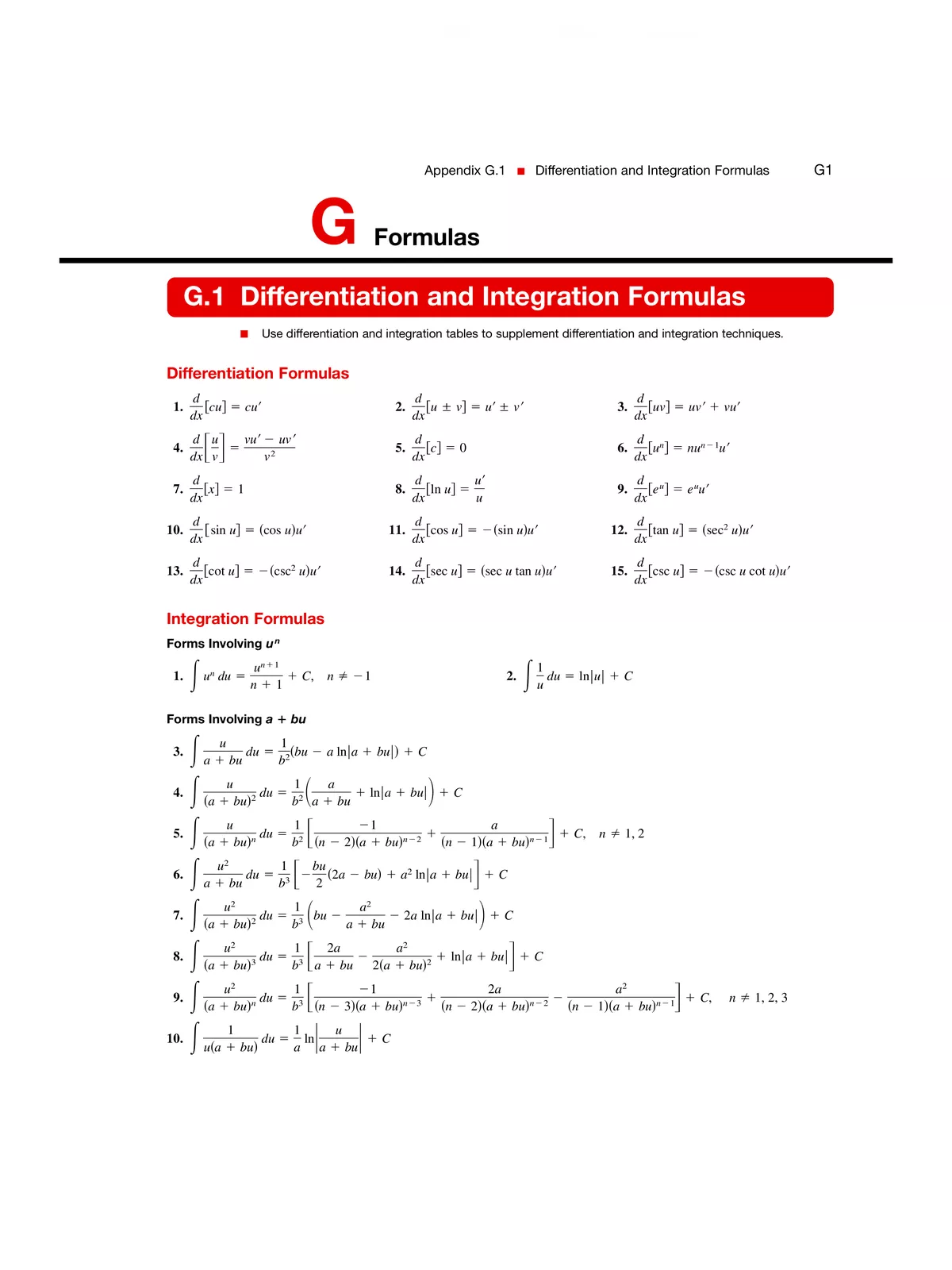Differentiation & Integration Formulas With Examples - Summary
Integration and Differentiation are two fundamental concepts in calculus, which studies the change. Calculus has a wide variety of applications in many fields such as science, economy or finance, engineering and etc. Differentiation is the algebraic procedure of calculating the derivatives. Derivative of a function is the slope or the gradient of the curve (graph) at any given point. Gradient of a curve at any given point is the gradient of the tangent drawn to that curve at the given point.
Integration is the process of calculating either definite integral or indefinite integral. For a real function f(x) and a closed interval [a, b] on the real line, the definite integral, a∫b f(x), is defined as the area between the graph of the function, the horizontal axis and the two vertical lines at the end points of an interval. When a specific interval is not given, it is known as indefinite integral.
Differentiation Formulas
- Power Rule: (d/dx) (xn ) = nx. n–1
- Derivative of a constant, a: (d/dx) (a) = 0.
- Derivative of a constant multiplied with function f: (d/dx) (a. f) = af’
- Sum Rule: (d/dx) (f ± g) = f’ ± g’
- Product Rule: (d/dx) (fg)= fg’ + gf’
- Quotient Rule:ddx(fg) d d x ( f g ) = gf′–fg′g2.
You can download the Differentiation & Integration Formulas With Examples PDF using the link given below.
